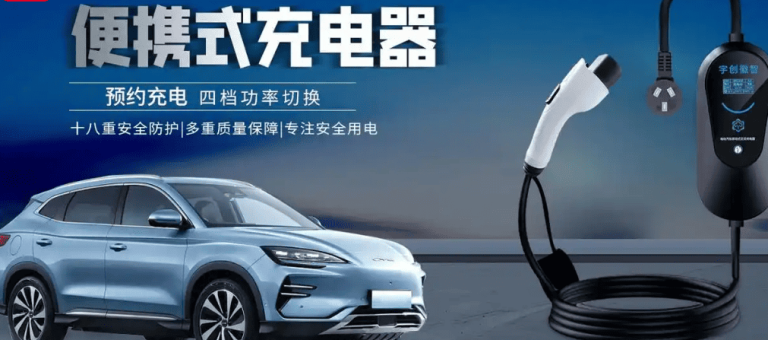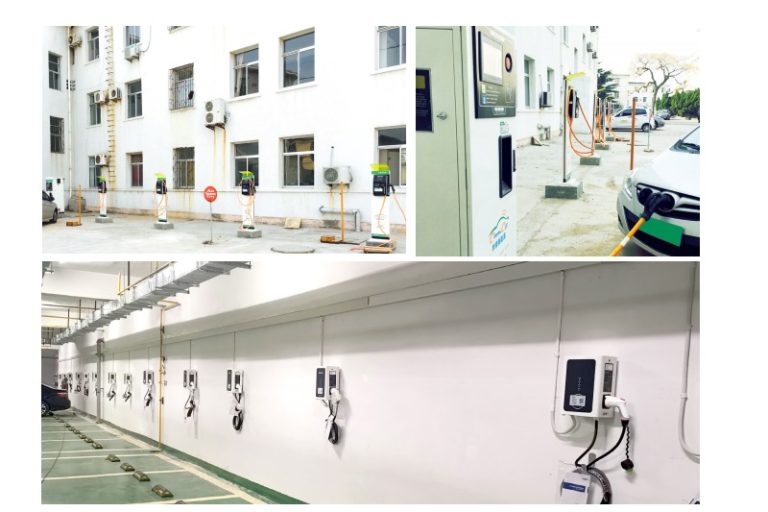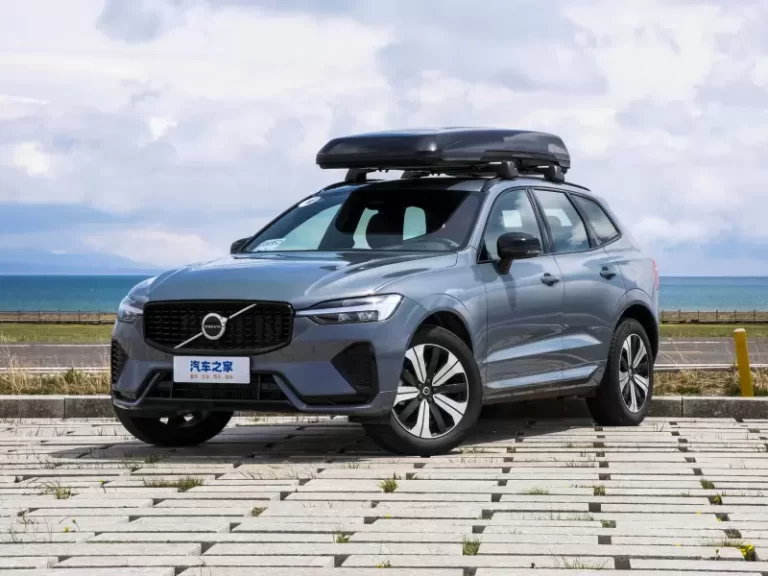Can i charge my other ev from my lightning?

Can I Charge My Other EV from My Lightning?
Yes, you can use the onboard power system of your Ford F-150 Lightning or a Tesla “Lightning” charger with the right adapters to charge other electric cars. However, the three most important factors for success are voltage alignment, communication protocols, and connector type. This feature turns your car or charger into a portable power source, but it needs to be used carefully to prevent damage. We break down each scenario below with practical operational insights.
Ford F-150 Lightning: Vehicle-to-Vehicle (V2V) Charging Unleashed
The Lightning’s Pro Power Onboard system features 240V/30A outlets that double as emergency EV chargers. Here’s how it functions:
- Hardware Setup:
- Connect Ford’s Mobile Power Cord ($650 accessory) to the truck’s bed or cab outlet.
- Plug the other EV’s portable charger (e.g., Tesla Mobile Connector, Mustang Mach-E’s travel unit) into the Power Cord’s receptacle.
- Compatibility Scope:
- Works with any J1772-equipped EV (90% of non-Tesla North American models).
- Tesla vehicles require a Tesla-to-J1772 adapter (e.g., Lectron $150).
- Performance Realities:
- 7.2 kW (240V/30A) is the maximum output, or about 25% of a Level 2 station’s capacity.
- Char
- Mach-E Ford Mustang: about 32 km/h (20 miles/h)
- R1T Rivian: approximately 24 km/h (15 miles/h)
- Nissan Leaf: about 40 km/h (25 mph)ging rates:
- Ford Mustang Mach-E: ≈32 km/hour (20 miles/hour)
- Rivian R1T: ≈24 km/hour (15 miles/hour)
- Nissan Leaf: ≈40 km/hour (25 miles/hour)
- Critical Limitations:
- charges Lightning’s battery at a rate of 7–10% per hour.
- stops the truck from moving while it is operating (parking brake automatically engages).
- The recipient EV’s battery lacks thermal management, increasing the risk of overheating in temperatures above 35°C.
Operational Tip: Use only for emergency top-ups (e.g., adding 50 km to reach a charger). Never as primary charging solution.
Tesla “Lightning” Chargers (Superchargers/Wall Connectors)
Tesla’s charging ecosystem has two distinct personalities globally:
In China (GB/T Standard)
- Physical Compatibility: Since 2015, all Tesla chargers have been required to use standardized GB/T connectors.
- Protocol Handshake: GB/T 27930, which is the same as Tesla’s language, is used by non-Tesla EVs (BYD, NIO, and XPeng) to communicate.
- Functionality in the Real World:
- Ninety-five percent of Chinese EVs are plug-and-charge compatible.
- The charging speed corresponds to the maximum AC acceptance of the vehicle (11 kW for Li Auto L7).
- Payment: Charged automatically through the Tesla app or vehicle account.
Outside China (Tesla NACS Connector)
- Dependency on Adapters: Non-Teslas need:
- CCS-to-NACS adapter (such as Tesla’s $250 kit for Ford, GM, and Rivian)
- Protocol Translator: Tesla’s proprietary authentication and ISO 15118 must be supported by the vehicle.
- Access to Superchargers:
- Ford, Rivian, and GM can access V3/V4 stations through the Tesla app.
- Legacy V2 Stations: Exclusive to Tesla vehicles.
- Speed Restrictions: Because of voltage curve mismatches, non-Tesla vehicles frequently receive 30–50% less power (e.g., Hyundai Ioniq 5 caps at 180 kW vs. 250 kW for Tesla).
Critical Warning: Using unofficial adapters (e.g., AliExpress NACS-to-CCS) risks:
- Battery Management System (BMS) errors from protocol conflicts.
- Charging port melting due to amperage mismatches.
- Warranty voidance for both vehicles.
Third-Party “Lightning” Chargers: The Protocol Maze
Generic chargers branded “Lightning” face interoperability hurdles:
AC Chargers (Level 2)
- Connector Victory: J1772 (North America) or Type 2 (Europe) ports fit 95% of EVs.
- Protocol Failures:
- Older Nissan Leafs (2011–2017) use CHAdeMO protocol – reject J1772 handshakes.
- BYD Tang EVs may throttle to 3.3 kW on non-proprietary chargers.
- Workaround: Protocol-agnostic chargers like JuiceBox 40 ($649) ignore vehicle-specific signals.
DC Fast Chargers
- Voltage Wars:
- 400V architecture EVs (Tesla Model 3, Ford Mustang Mach-E)
- 800V architecture EVs (Porsche Taycan, Kia EV6)
- Danger: Plugging an 800V EV into a 400V-only charger may:
- Trigger fault codes stopping the session.
- Damage onboard DC-DC converters ($8,000+ repair).
- Solution: Multi-voltage chargers like Wallbox Pulsar Plus ($1,200) auto-detect and adjust.
Step-by-Step: Safely Charging Any EV
- Confirm Physical Compatibility
- North America: Tesla → CCS adapter or J1772 → Tesla adapter
- Europe: CCS Combo 2 native compatibility
- China: GB/T standard unification
- Protocol Verification
- Check vehicle manual for supported standards:
- ISO 15118 (essential for plug-and-charge)
- DIN 70121 (legacy European protocol)
- GB/T 27930 (Chinese mandate)
- Power Tolerance Alignment
- Never exceed recipient EV’s max input:
- Voltage: ±5% tolerance (e.g., 800V car needs 760–840V)
- Amperage: Match exactly (32A/48A)
- Initiation Sequence
- Before plugging in, use the app to activate the Tesla Supercharger.
- Ford Pro Power: Start the vehicle → Turn on Pro Power Onboard → Attach the cables.
- Third-party chargers: auth apps and RFID cards → Await the “ready” light.
Failure Scenarios & Troubleshooting
| Symptom | Cause | Fix |
|---|---|---|
| Charging stops in 2 mins | Protocol mismatch | Try different adapter/station |
| “Charger not detected” | Ground-fault error | Reset GFCI breaker |
| Reduced power (50%+) | Thermal throttling | Cool battery before retrying |
| Flashing red charger light | Voltage incompatibility | Abort immediately – risk of damage |
The Future: Universal Charging Ecosystems
Emerging solutions aim to erase compatibility headaches:
- The 2025 U.S. standard SAE J3400 requires all EVs to be compatible with Tesla NACS.
- The unified 3.75MW protocol for trucks and semis is known as the Megawatt Charging System (MCS).
- Blockchain Authentication: Porsche is testing cross-network encrypted charge authorization.
Essentially, cross-brand EV charging is still a “Swiss Army knife” situation, which is technically possible but never as effective as native solutions. V2V should be saved for roadside emergencies for Lightning owners. Use only adapters that have been approved by the manufacturer when using Tesla chargers. And don’t forget to check your EV’s charging compatibility matrix whenever in doubt; a quick 5-minute check could save you from having to pay $15,000 for battery repair. “We’re 90% toward universal charging,” says Rivian engineer Elena Torres. The final 10%? It’s the most difficult bridge to cross.





































































































































